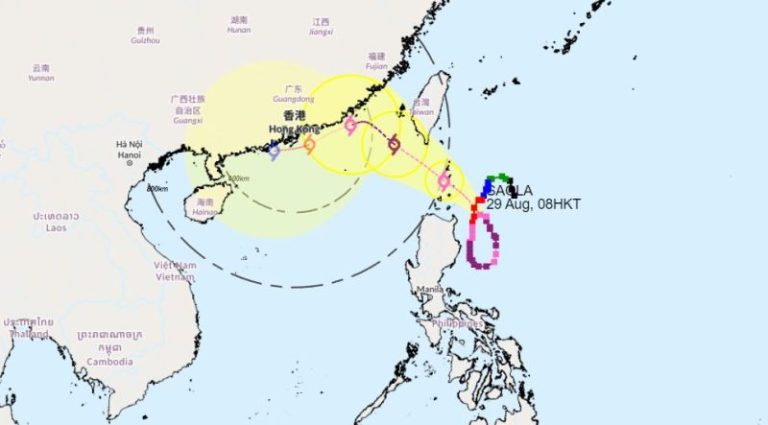Chikungunya Fever Sweeps Through Guangdong: What You Need to Know
The mosquito-borne Chikungunya fever has emerged as a significant public health concern in Guangdong province, with recent data revealing a substantial outbreak that demands attention. Over the past week leading up to Saturday, July 26, 2025, the region has documented 2,940 new local cases, highlighting the rapid spread of this viral disease across multiple cities.
Foshan stands at the epicenter of this outbreak, accounting for an overwhelming majority of cases—2,882 to be precise. The disease hasn’t been confined to a single location, however. Guangzhou has reported 22 cases, Zhongshan 18, and the infection has quietly crept into nine additional cities within the province. Perhaps most notably, Shenzhen recorded its first Chikungunya case during this period, signaling the virus’s expanding geographical reach.
Provincial health authorities have provided some reassuring context amid the outbreak. Despite the significant number of cases, no serious complications or fatalities have been associated with the current wave of infections. As of the reporting date, the total number of Chikungunya fever cases in Guangdong has reached 4,824, with 3,224 individuals already recovered and released from hospital care or medical observation.
The regional response has been swift and strategic. Public health campaigns are now targeting mosquito populations across Guangdong, recognizing that prevention is crucial in controlling the spread of this mosquito-transmitted viral disease. These efforts aim to interrupt the transmission cycle and protect vulnerable populations from potential infection.
Chikungunya fever, while not typically fatal, can cause significant discomfort. The disease is characterized by sudden onset of fever and severe joint pain, which can be debilitating for those infected. The fact that so many individuals have already recovered suggests that while the outbreak is extensive, the medical system is effectively managing patient care.
The geographic distribution of cases offers insights into the outbreak’s dynamics. The concentration in Foshan, coupled with cases spreading to multiple surrounding cities, indicates a potential environmental or ecological factor facilitating the virus’s transmission. Local health officials are likely conducting detailed epidemiological investigations to understand the precise mechanisms of spread.
For residents and visitors to Guangdong, personal prevention becomes paramount. This includes using mosquito repellents, wearing protective clothing, and eliminating standing water that serves as breeding grounds for mosquitoes. The provincial health response underscores the importance of community-level interventions in managing such public health challenges.
As the situation continues to evolve, ongoing monitoring and transparent reporting will be critical. The current data suggests a manageable outbreak, with a significant proportion of patients recovering and no reported severe complications. However, continued vigilance and proactive public health measures remain essential in controlling the spread of Chikungunya fever.
The unfolding scenario in Guangdong serves as a reminder of the persistent challenges posed by vector-borne diseases and the critical role of rapid, coordinated public health responses in mitigating their impact.








